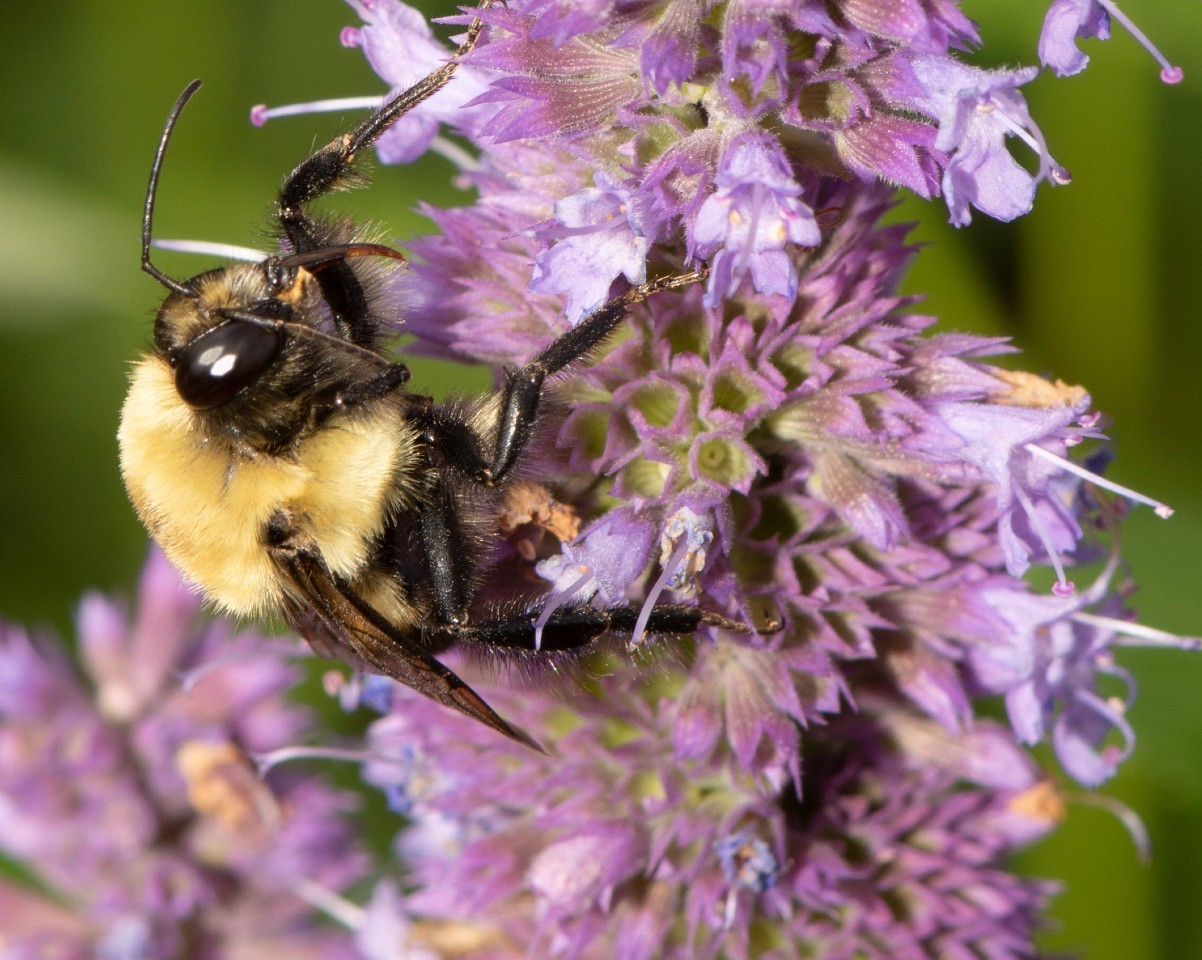Why is it important to find a new way to heal bones?
Ehsan Rezabeigi: There has always been a significant demand for bone repair due to the important role of the skeleton in locomotion and the protection of vital organs such as the brain, heart and lungs.
The traditional implants, including metallic bars, are not ideal bone replacements since they are heavy and prone to infections. Thus, there is a need to develop new replacements for improved bone healing.
How do you photograph the implants?
ER: This image is captured using a scanning electron microscope. The sample was coated with gold-palladium using a sputter coater prior to the microscopic examination. The colours are carefully added using Adobe Photoshop to make the flower-like structures more pronounced as a reminder of the life that is being created.
Why are the structures shaped like flowers?
ER: The flower-like structure is formed as a result of the nucleation of polymer crystals on the surface of the Bioglass particles.
Have you tried using these implants in humans? When will your implants be widely available?
ER: Not yet. There are a lot of tests that must be performed before the human trial of this bone replacement.
Now that you've graduated (congratulations!), what are your plans?
ER: I am currently a postdoctoral researcher at Concordia working on the continuation of this research. Also, I am looking for an academic position that will allow me to expand and enhance my research in this field.
What would winning the NSERC Science Exposed contest mean to you?
ER: It would mean that the message about our research that we’re trying to send out to the public has been well received. That would make me very happy and extra motivated to continue working on my research.
Why did you choose to do your NSERC-funded PhD at Concordia?
ER: The working environment has a big impact on what you do. For me, the main draws were the modern labs, the best equipment, and supervisors — Paula Wood-Adams and Robin Drew — who offer just the right balance of pushing me and encouraging me to work independently.
Vote today for Ehsan Rezabeigi’s close-up image of bone repair in the Science Exposed contest. The competition closes on September 16, 2016, at 11:59 p.m. (HDT).
Learn more about Concordia's Department of Mechanical and Industrial Engineering.
 “The flower-like structures are a reminder of the life that is being created.” | Photo by Ehsan Rezabeigi
“The flower-like structures are a reminder of the life that is being created.” | Photo by Ehsan Rezabeigi
 Ehsan Rezabeigi
Ehsan Rezabeigi


